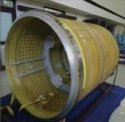You are using an out of date browser. It may not display this or other websites correctly.
You should upgrade or use an alternative browser.
You should upgrade or use an alternative browser.
Indian Military News, Reports, Data, etc.
- Thread starter bd popeye
- Start date
PiSigma
"the engineer"
Taking everything with a pinch of salt nowdays
Those dates are wishful thinking at best. Should be 2021 for sea trials... If they work fast.Are there any news concerning the IAC-1 Vikrant's start of basin trains aimed for 12th March? ... so to say in about one week!
View attachment 57955
SFDR range is 340 km+ Power 'ON' mode. source is DRDO annual report & has surpassed even wildest of IAF expectations.......rumors is that Astra mk1a range will be improved further...current one has kinematic performance superior to PL-12 & all AMRAAM 120C version except D version.
a brand new air to air IIR missile is also under development & progress is quite well.
dual pulse motor BVRAAM is also under development with performance similar or greater than current AIM 120D version
Re-Engineered Meteor BVRAAM On The Works For IAF
If any new-generation BVRAAM is to become a ‘game-changer’, then it has to have vastly improved kinematic capability compared with that of existing BVRAAMs. This requires substantial increases in two key parameters: ‘F-Pole’, i.e. the distance between the BVRAAM-launching MRCA and its target when the BVRAAM hits; and a ‘no-escape zone’, the range within which the BVRAAM can be fired and the target, no matter how it manoeuvres, cannot escape. When an existing BVRAAM the like AIM-120D AMRAAM, MICA or R-77/RVV-AE is fired at a target, it delivers the same amount of thrust over a certain period regardless of the tactical scenario. If the target can be reached without the rocket motor burning out, or shortly after it does so, the BVRAAM will have a high-energy state during its terminal attack phase. This will allow it to manoeuvre very hard, easily countering a targeted combat aircraft trying to evade the incoming BVRAAM. If the target is farther away, the BVRAAM will usually climb to a high altitude while its rocket motor is burning and then coast on its built-up energy with gravity on its side until it reaches the terminal phase of its flight (its final attack run. If the target is not too far away, and the BVRAAM is still above it, it will dive down on the target in an attempt to maximize its ability to make hard manoeuvres. The longer the shot, the less energy the BVRAAM will have for its critical terminal phase of flight.
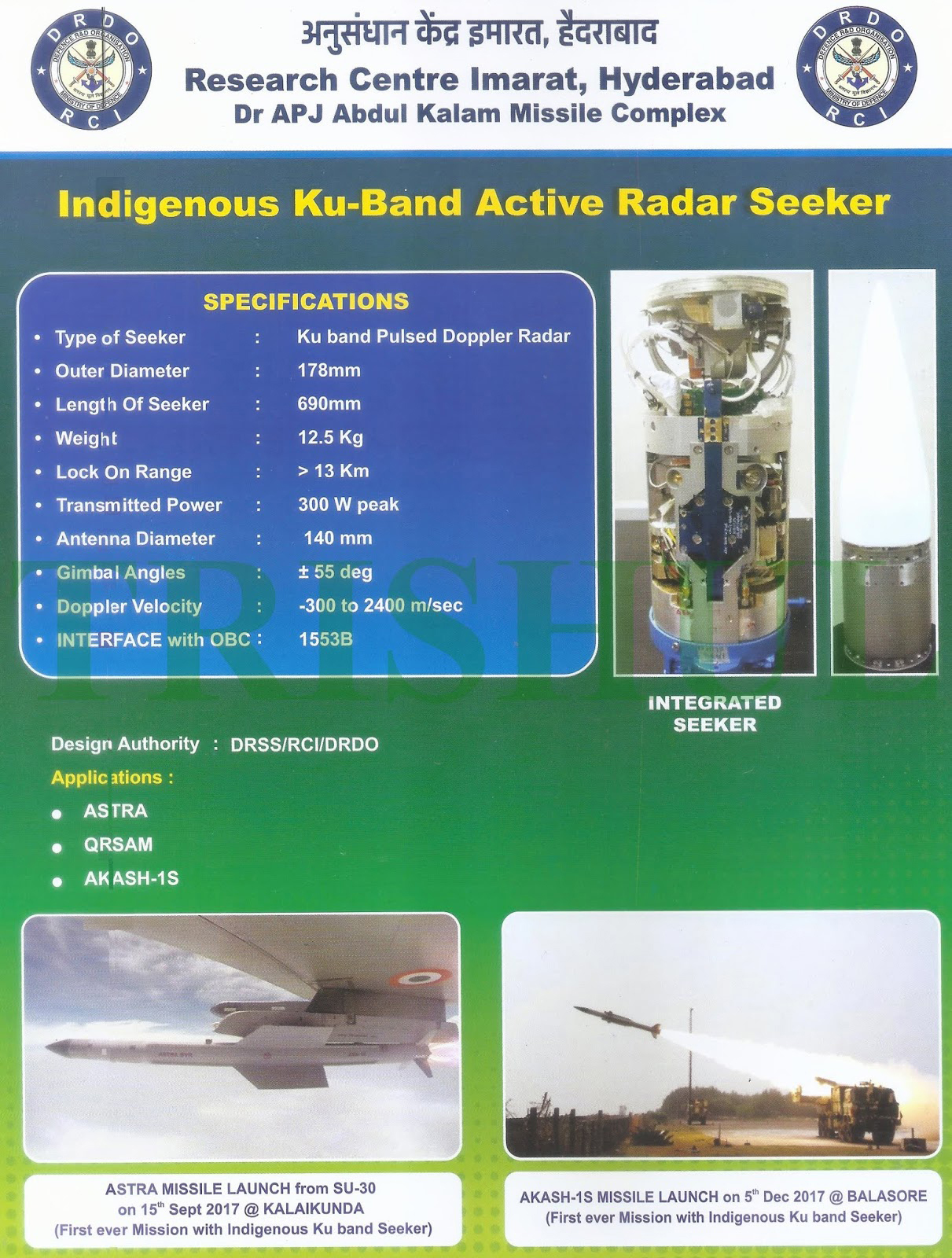
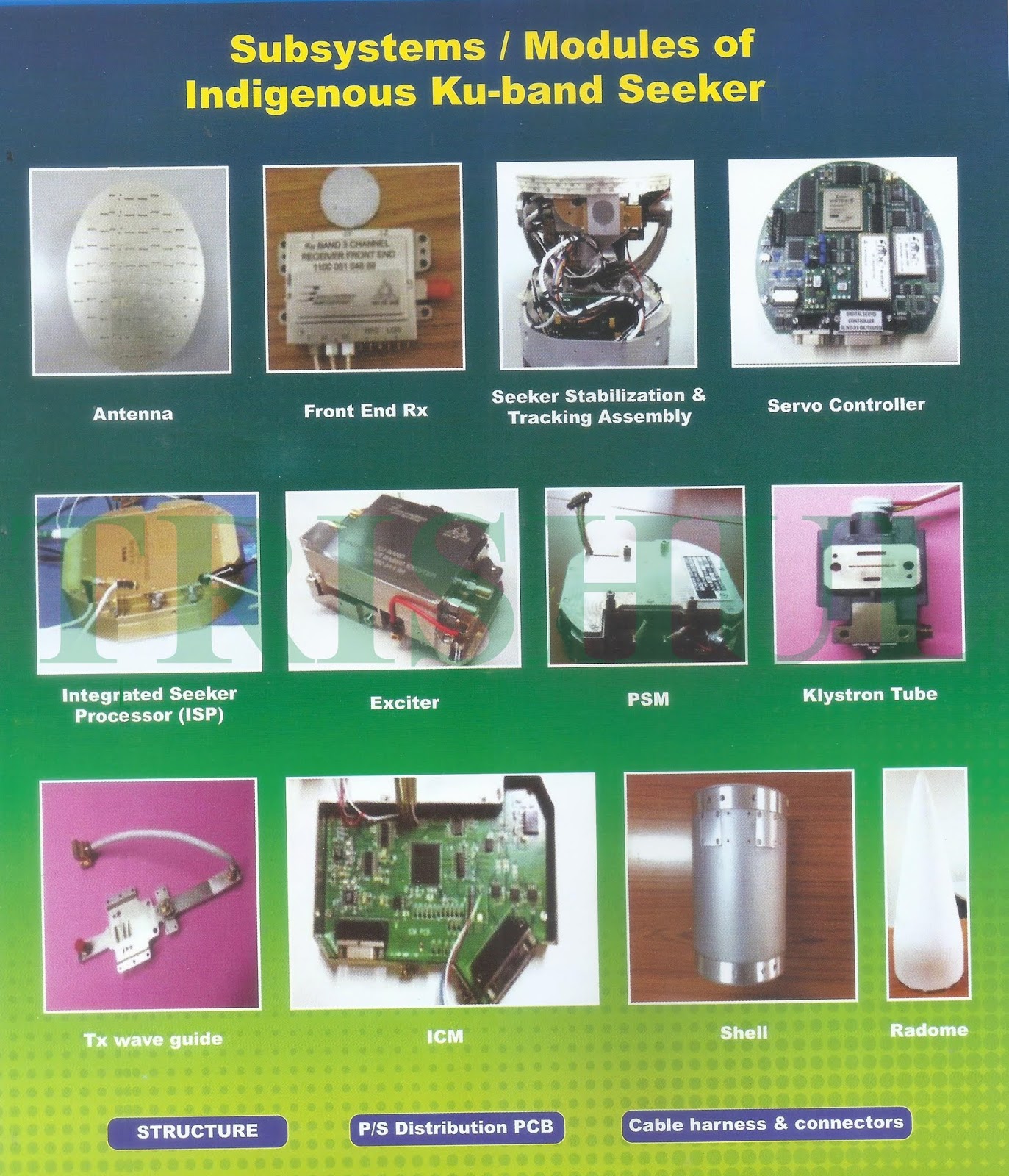
Whereas the AMRAAM’s rocket motor burns for seconds, then the missile coasts, a Meteor-type BVRAAM is under ramjet thrust for its complete flight. Consequently, the latter’s average velocity is higher and the Meteor arrives with the energy to out-manoeuvre its target. Thus, both the F-Pole and the no-escape zone are increased. Instead of burning off all its fuel right after launch it can throttle its engine back during cruise, thus saving fuel. As it approaches its target it can throttle up, eventually making its terminal attack while at its highest possible energy state, around Mach 4.5, even when fired over long ranges. Not only does this mean the Meteor will have more energy to manoeuvre during the endgame of the engagement, but this capability also drastically increases the size of the no-escape zone. Basically, the Meteor has a far greater ability to chase and catch enemy combat aircraft over long ranges.
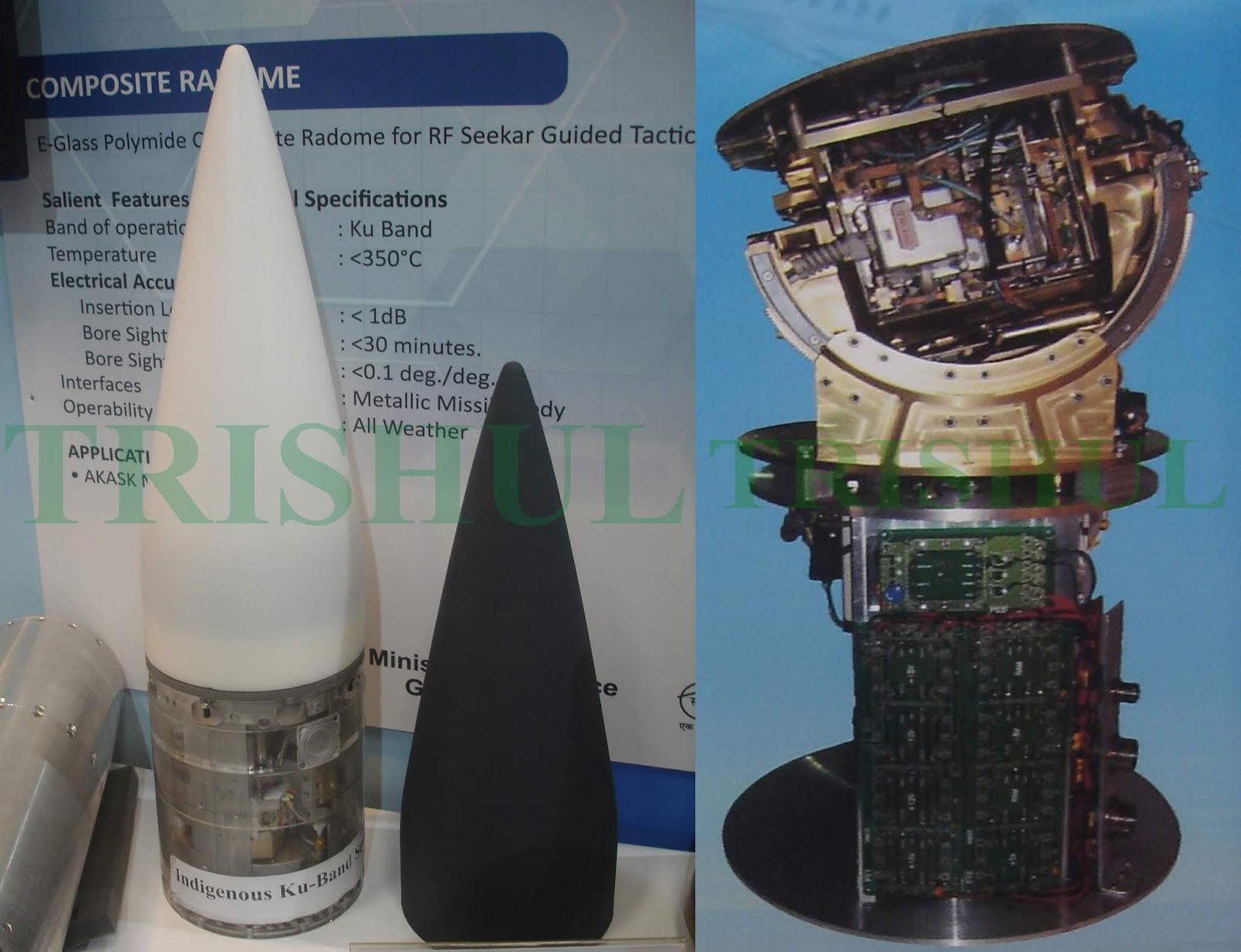
The Meteor’s data-link also has two-way capability, so the pilot could re-target the BVRAAM while it is already on its way. The pilot can also see the Meteor’s fuel-burn rate, kinematic energy and tracking state in real-time. This is essential for making quick decisions as to whether or not to fire another BVRAAM at the target or to run away if it is properly tracking toward the target or has obtained its own lock. The Meteor will be able to get those crucial mid-course guidance updates not just from the MRCA that fired it, but from “third party” sources as well. These can include other MRCAs, airborne early warning & control (AEW & C) platforms, and land and sea-based radar and electronic surveillance systems that provide their own situational awareness data to the missile-firing MRCA via data-link. Thus, with many assets contributing to a common tactical network “picture” via common data-link waveform and language, it provides information that anyone, including the Meteor-armed BVRAAM and the Meteor itself, can exploit.
While the above-mentioned reasons are precisely why the Indian Air Force (IAF) has ordered the MBDA-developed Meteor BVRAAMs for its 36 Rafale M-MRCAs, the operational requirement for such ramjet-powered BVRAAMs is for 2,500 units. And there’s another catch: the Meteor BVRAAM should be compatible with the mission avionics of all types of MRCAs that are in service with the IAF. This, in turn, represents a systems integration challenge, but there is a solution, nevertheless.
This involves, on one hand the installation of indigenous mission computer, stores management system and pylon interface avionics (all using the MIL-STD-1760 digital databus) on MRCAs like the Tejas Mk.1, Tejas Mk.1A, Super Su-30MKI and MiG-29UPG, while on the other the Meteor’s MBDA-developed Ku-band active seeker and a module of its rear-mounted two-way data-link can be replaced by corresponding India-supplied avionics and sensors that are used by the indigenously-developed Astra-1 BVRAAM. This way, the MMRs of Russia- and Israel-origin can seamlessly be integrated with the Meteor BVRAAM, since India will first have the avionics and sensors integrated with the Israel-origin and Russia-origin MMRs at the Israel-based and Russia-based avionics integration test-rigs and then supply them to MBDA for installation inside the Meteor airframes.
Engineering studies to this effect were jointly undertaken by MBDA and India’s Defence R & D Organisation (DRDO) back in 2016, when the DRDO began its own in-house conceptual studies on develop a solid-fuel ducted rocket (SFDR)-powered BVRAAM. It then emerged that a suitably-modified Meteor BVRAAM containing DRDO-developed avionics was indeed possible to both develop and integrate with the Russia-/Israel-supplied AESA-MMRs, while at the same time not violating the IPRs of the MMR-supplying foreign OEMs. In fact, MBDA is already well into such a re-engineering programme for Japan, with whom the UK first began holdings exploratory talks in 2014 on the prospects of a Meteor BVRAAM fitted with an AESA-based Ka-band millimetric frequency seeker that was developed by Mitsubishi Electric Co (MELCO) in the previous decade for the indigenously developed AAM-4B (Type-99) BVRAAM. Later, in January 2017 the Cooperative Research Project on the Feasibility of a Joint New Air-to-Air Missile (JNAAM) commenced. If all goes well, then such a BVRAAM will begin flight-tests in 2023.

In India too, R & D work began in 2016 for developing AESA-based X-band and Ku-band active seekers for both the XR-SAM long-range surface-to-air missile and the SFDR-powered Astra-2 BVRAAM, with Hyderabad-based Astra Microwave already having built two types of such seekers (developed by the DRDL/RCI), with work now underway on developing their Ka-band successors that too will be compatible with the Meteor BVRAAM.
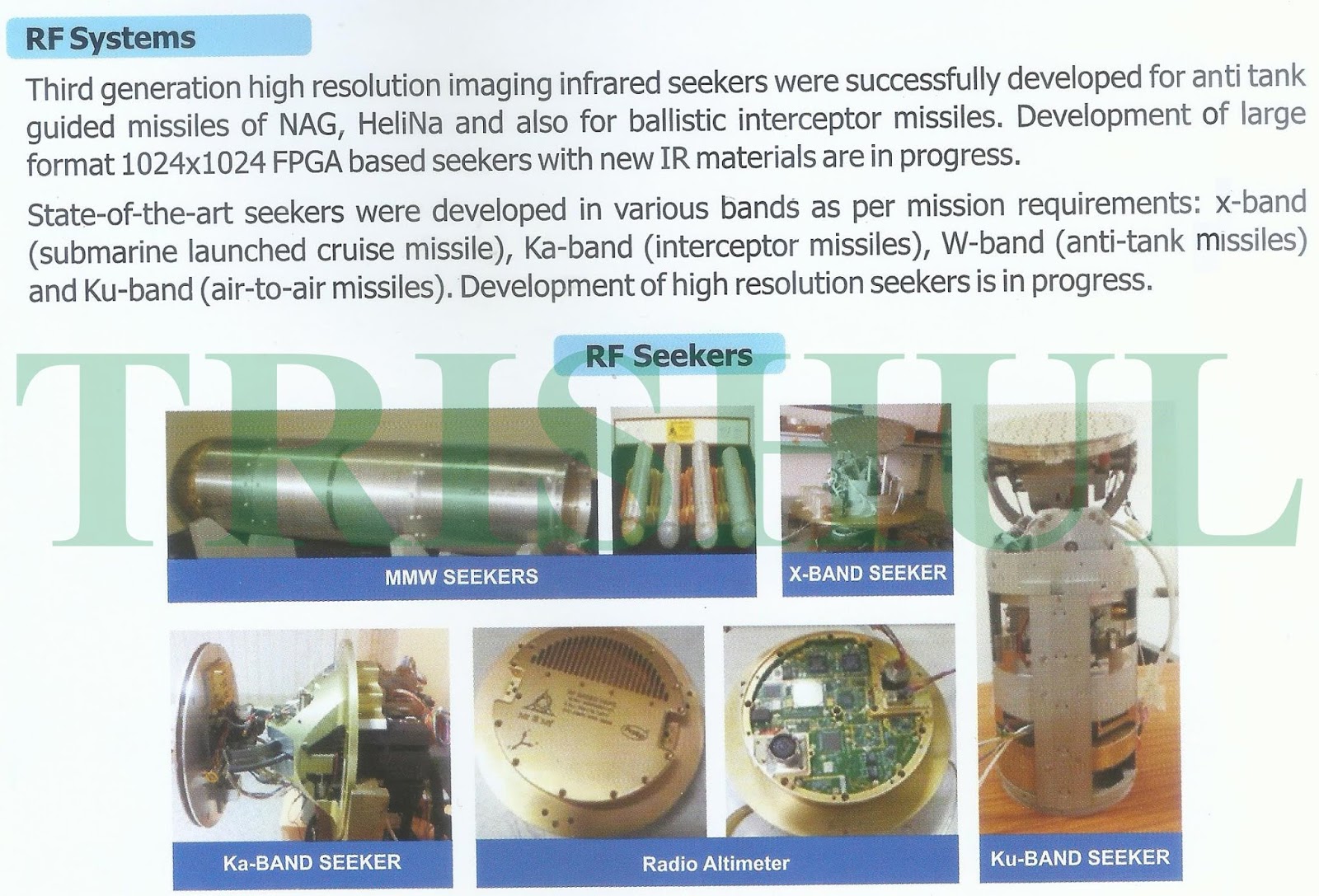
The Ka-band seeker with an active phased-array antenna (with 20km-range) and a secondary X-band passive channel will replace existing Ku-band seekers (with 6km-range) and provide higher resolution and countermeasures resistance. Such seekers can effortlessly work across multiple frequencies simultaneously, which makes them not only better at finding objects, but are also more difficult to detect. In addition, electronically steered antenna beams also offer other improvements: it is possible to perform an adaptive antenna beam-forming based on antenna sub-group transmit (Tx) and receive (Rx) channels or even adjusting all the single antenna transceiver elements. This put us into a position to use algorithms of super resolution in order to recognise and localise jammer sources while concurrently conducting target acquisition and tracking.
@Deino @ougoah @by78 @Equation @KIENCHIN @Gatekeeper
a brand new air to air IIR missile is also under development & progress is quite well.
dual pulse motor BVRAAM is also under development with performance similar or greater than current AIM 120D version
Re-Engineered Meteor BVRAAM On The Works For IAF
If any new-generation BVRAAM is to become a ‘game-changer’, then it has to have vastly improved kinematic capability compared with that of existing BVRAAMs. This requires substantial increases in two key parameters: ‘F-Pole’, i.e. the distance between the BVRAAM-launching MRCA and its target when the BVRAAM hits; and a ‘no-escape zone’, the range within which the BVRAAM can be fired and the target, no matter how it manoeuvres, cannot escape. When an existing BVRAAM the like AIM-120D AMRAAM, MICA or R-77/RVV-AE is fired at a target, it delivers the same amount of thrust over a certain period regardless of the tactical scenario. If the target can be reached without the rocket motor burning out, or shortly after it does so, the BVRAAM will have a high-energy state during its terminal attack phase. This will allow it to manoeuvre very hard, easily countering a targeted combat aircraft trying to evade the incoming BVRAAM. If the target is farther away, the BVRAAM will usually climb to a high altitude while its rocket motor is burning and then coast on its built-up energy with gravity on its side until it reaches the terminal phase of its flight (its final attack run. If the target is not too far away, and the BVRAAM is still above it, it will dive down on the target in an attempt to maximize its ability to make hard manoeuvres. The longer the shot, the less energy the BVRAAM will have for its critical terminal phase of flight.


Whereas the AMRAAM’s rocket motor burns for seconds, then the missile coasts, a Meteor-type BVRAAM is under ramjet thrust for its complete flight. Consequently, the latter’s average velocity is higher and the Meteor arrives with the energy to out-manoeuvre its target. Thus, both the F-Pole and the no-escape zone are increased. Instead of burning off all its fuel right after launch it can throttle its engine back during cruise, thus saving fuel. As it approaches its target it can throttle up, eventually making its terminal attack while at its highest possible energy state, around Mach 4.5, even when fired over long ranges. Not only does this mean the Meteor will have more energy to manoeuvre during the endgame of the engagement, but this capability also drastically increases the size of the no-escape zone. Basically, the Meteor has a far greater ability to chase and catch enemy combat aircraft over long ranges.

The Meteor’s data-link also has two-way capability, so the pilot could re-target the BVRAAM while it is already on its way. The pilot can also see the Meteor’s fuel-burn rate, kinematic energy and tracking state in real-time. This is essential for making quick decisions as to whether or not to fire another BVRAAM at the target or to run away if it is properly tracking toward the target or has obtained its own lock. The Meteor will be able to get those crucial mid-course guidance updates not just from the MRCA that fired it, but from “third party” sources as well. These can include other MRCAs, airborne early warning & control (AEW & C) platforms, and land and sea-based radar and electronic surveillance systems that provide their own situational awareness data to the missile-firing MRCA via data-link. Thus, with many assets contributing to a common tactical network “picture” via common data-link waveform and language, it provides information that anyone, including the Meteor-armed BVRAAM and the Meteor itself, can exploit.
While the above-mentioned reasons are precisely why the Indian Air Force (IAF) has ordered the MBDA-developed Meteor BVRAAMs for its 36 Rafale M-MRCAs, the operational requirement for such ramjet-powered BVRAAMs is for 2,500 units. And there’s another catch: the Meteor BVRAAM should be compatible with the mission avionics of all types of MRCAs that are in service with the IAF. This, in turn, represents a systems integration challenge, but there is a solution, nevertheless.
This involves, on one hand the installation of indigenous mission computer, stores management system and pylon interface avionics (all using the MIL-STD-1760 digital databus) on MRCAs like the Tejas Mk.1, Tejas Mk.1A, Super Su-30MKI and MiG-29UPG, while on the other the Meteor’s MBDA-developed Ku-band active seeker and a module of its rear-mounted two-way data-link can be replaced by corresponding India-supplied avionics and sensors that are used by the indigenously-developed Astra-1 BVRAAM. This way, the MMRs of Russia- and Israel-origin can seamlessly be integrated with the Meteor BVRAAM, since India will first have the avionics and sensors integrated with the Israel-origin and Russia-origin MMRs at the Israel-based and Russia-based avionics integration test-rigs and then supply them to MBDA for installation inside the Meteor airframes.
Engineering studies to this effect were jointly undertaken by MBDA and India’s Defence R & D Organisation (DRDO) back in 2016, when the DRDO began its own in-house conceptual studies on develop a solid-fuel ducted rocket (SFDR)-powered BVRAAM. It then emerged that a suitably-modified Meteor BVRAAM containing DRDO-developed avionics was indeed possible to both develop and integrate with the Russia-/Israel-supplied AESA-MMRs, while at the same time not violating the IPRs of the MMR-supplying foreign OEMs. In fact, MBDA is already well into such a re-engineering programme for Japan, with whom the UK first began holdings exploratory talks in 2014 on the prospects of a Meteor BVRAAM fitted with an AESA-based Ka-band millimetric frequency seeker that was developed by Mitsubishi Electric Co (MELCO) in the previous decade for the indigenously developed AAM-4B (Type-99) BVRAAM. Later, in January 2017 the Cooperative Research Project on the Feasibility of a Joint New Air-to-Air Missile (JNAAM) commenced. If all goes well, then such a BVRAAM will begin flight-tests in 2023.

In India too, R & D work began in 2016 for developing AESA-based X-band and Ku-band active seekers for both the XR-SAM long-range surface-to-air missile and the SFDR-powered Astra-2 BVRAAM, with Hyderabad-based Astra Microwave already having built two types of such seekers (developed by the DRDL/RCI), with work now underway on developing their Ka-band successors that too will be compatible with the Meteor BVRAAM.

The Ka-band seeker with an active phased-array antenna (with 20km-range) and a secondary X-band passive channel will replace existing Ku-band seekers (with 6km-range) and provide higher resolution and countermeasures resistance. Such seekers can effortlessly work across multiple frequencies simultaneously, which makes them not only better at finding objects, but are also more difficult to detect. In addition, electronically steered antenna beams also offer other improvements: it is possible to perform an adaptive antenna beam-forming based on antenna sub-group transmit (Tx) and receive (Rx) channels or even adjusting all the single antenna transceiver elements. This put us into a position to use algorithms of super resolution in order to recognise and localise jammer sources while concurrently conducting target acquisition and tracking.
@Deino @ougoah @by78 @Equation @KIENCHIN @Gatekeeper
Attachments
Last edited:
Brumby
Major
Where does that leave the IAF? The previous linked article said that the wing tip pod severely degraded the SU-30MKI's kinematic performance - turning it into a transport plane was the description. The locally produced version was meant to address this problem but the Russians are refusing to assist with the integration.IAF didn't abandoned it. It's still in use....read somewhere that Russia refused to integrate domestic one.
View attachment 58138
Brumby
Major
Re-Engineered Meteor BVRAAM On The Works For IAF
If any new-generation BVRAAM is to become a ‘game-changer’, then it has to have vastly improved kinematic capability compared with that of existing BVRAAMs. This requires substantial increases in two key parameters: ‘F-Pole’, i.e. the distance between the BVRAAM-launching MRCA and its target when the BVRAAM hits; and a ‘no-escape zone’, the range within which the BVRAAM can be fired and the target, no matter how it manoeuvres, cannot escape. When an existing BVRAAM the like AIM-120D AMRAAM, MICA or R-77/RVV-AE is fired at a target, it delivers the same amount of thrust over a certain period regardless of the tactical scenario. If the target can be reached without the rocket motor burning out, or shortly after it does so, the BVRAAM will have a high-energy state during its terminal attack phase. This will allow it to manoeuvre very hard, easily countering a targeted combat aircraft trying to evade the incoming BVRAAM. If the target is farther away, the BVRAAM will usually climb to a high altitude while its rocket motor is burning and then coast on its built-up energy with gravity on its side until it reaches the terminal phase of its flight (its final attack run. If the target is not too far away, and the BVRAAM is still above it, it will dive down on the target in an attempt to maximize its ability to make hard manoeuvres. The longer the shot, the less energy the BVRAAM will have for its critical terminal phase of flight.
IMO the IAF has a misguided sense of development priority in attempting to further enhance the Meteor. The Meteor "as is" is very capable with an effective range probably in excess of 150 kms. This is likely the maximal effective AESA range against a 1m2 target without ECM in the equation. Enhancing the Meteor's range further would not generate any corresponding benefit because you don't have a radar sensor with the capability to match it. The most powerful AESA radar that the IAF has is the one on the Rafale. The radar upgrade for the SU-30MKI is dead in the waters because Russia cannot deliver. The indigenous radar is unlikely to outperform the one on the Rafale.
Secondly, long range PK in my view is highly debatable until we actually see actual proven results in combat. No target in the world will just simply wait for the long range lock-on to play out by doing nothing. At distance, jamming has the J/S advantage.











